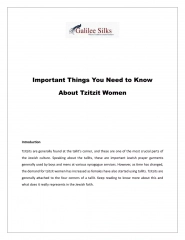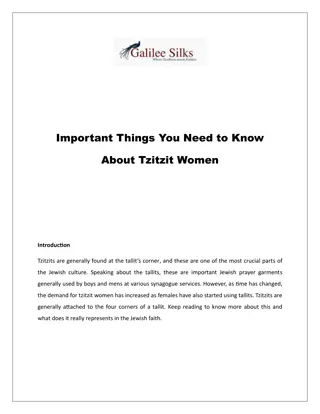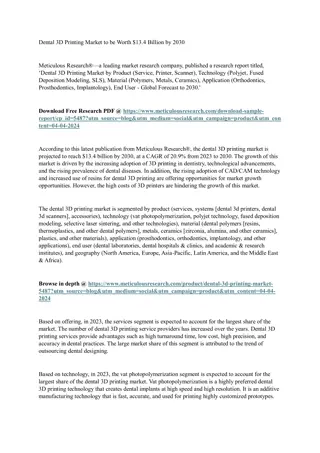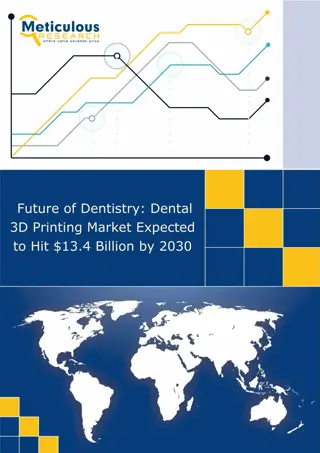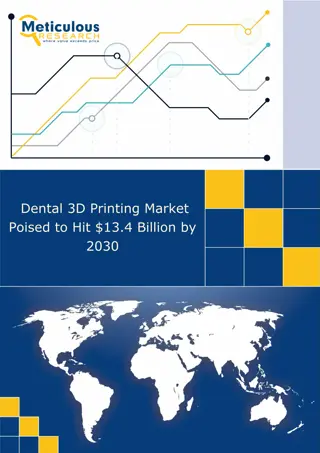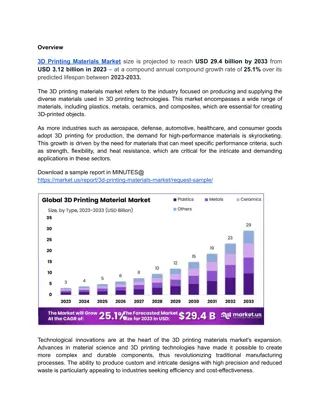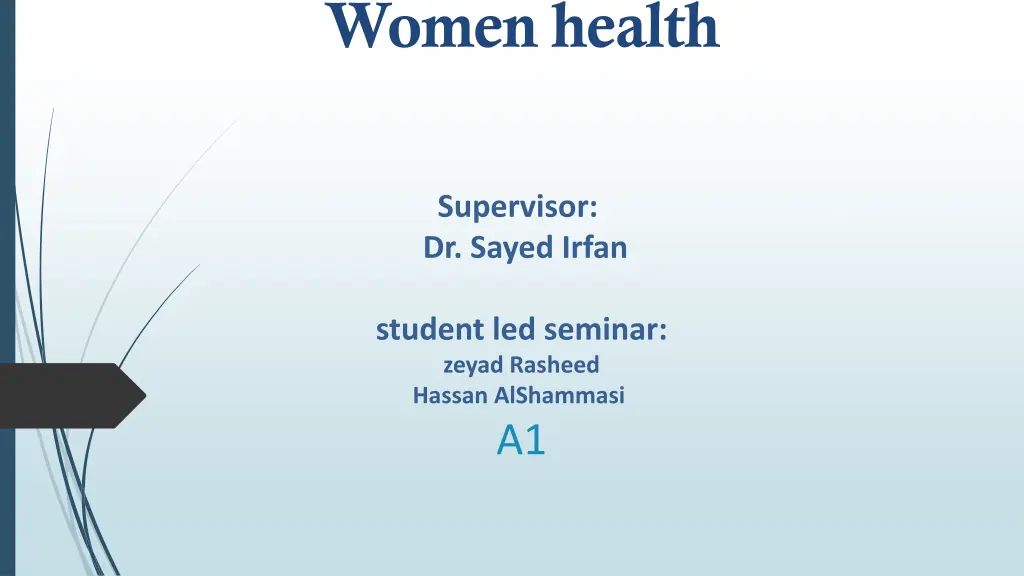
Women's Health Seminar Objectives and Screening Questions
Join Dr. Sayed Irfan's student-led seminar focusing on important topics such as screening for various health issues in women, recommended immunizations, and counseling services. Learn about the risks and unique presentations of cardiovascular disease, preconception guidance, and more. Test your knowledge with interactive questions on alcohol abuse, CVD risks, and cervical cancer causes.
Uploaded on | 0 Views
Download Presentation

Please find below an Image/Link to download the presentation.
The content on the website is provided AS IS for your information and personal use only. It may not be sold, licensed, or shared on other websites without obtaining consent from the author. If you encounter any issues during the download, it is possible that the publisher has removed the file from their server.
You are allowed to download the files provided on this website for personal or commercial use, subject to the condition that they are used lawfully. All files are the property of their respective owners.
The content on the website is provided AS IS for your information and personal use only. It may not be sold, licensed, or shared on other websites without obtaining consent from the author.
E N D
Presentation Transcript
Women health Supervisor: Dr. Sayed Irfan student led seminar: zeyad Rasheed Hassan AlShammasi A1
Objectives: Screening for tobacco use, alcohol misuse, Intimate partner violence, dyslipidemia, diabetes, blood pressure, and depression Use of aspirin for primary prevention for CVD. Risks and unique presentations of CVD in women Preconception and contraception counseling of premenopausal women Counseling of high-risk sexually active women to reduce the risk of sexually transmitted infections. Screening for chlamydia, gonorrhea and syphilis Screening of cervical cancer, breast cancer and colorectal cancer and osteoporosis Recommended immunizations for women Counseling for menopause
QUESTIONS Whish of the following is best to screen for alcohol abuse A) ALT B) GGT C) AST What is the risk to develop CVD in women above the age of 50 ? A) 20% B)30% C)40% Q\ What is the most common cause of cervical cancer? A) HPV B) smocking C) EBV
What do we mean by screening? Screening refers to the use of simple tests across an apparently healthy population in order to identify individuals who have risk factors or early stages of disease, but do not yet have symptoms (WHO) When a screen tool is described as efficient ? 2 major criteria (specificity and sensitivity ) Sensitivity mean that if the disease is there it will catch it Specificity mean that if the disease is not there it wont report it
But why screening ? Advantages of screening : Early detection of a disease can dramatically change a prognosis for patients It has a an economic role in which the coast of treatment can reduced It s a research tool in which you can apply multiple studies to the society and its health It can orient and educate public about the disease they are prone to and teach them a bout it Is there any negative aspect of screening? Yes False positive result can lead to un needed intervention and un necessary worry to patient A false negative result : lead ti missing the disease and falsely insure the patient about
What are different types of screening Mammography. A mammogram is a special type of X-ray of the breasts. ... Echocardiography. ... Pap smear Psa level Complete Blood Count (CBC) ... Colonoscopy. ... Prothrombin Time (PT) ... Bone Density Study. ... Computer Axial Tomography (CT or CAT Scan) etc.
Screening for tobacco alcohol misuse : CAGE TOOL modified CAGE is an acronym formed from the italicized words in the questionnaire (cut- annoyed-guilty-eye). Need 2 for men and one for women
Other useful screening tests Alcohol odor Lab LFT,GGT Slurred speech
DM Whom we screen ? All adults beginning at 45 years of age. Adults with BMI 25 plus one of the following risk factors: Physical inactivity . 1st degree relative with DMT2. Hypertension. HDL < 35 mg/dL or TAG > 150 mg/dL. Polycystic ovarian syndrome Screening method: Random blood sugar Oral glucose tolerance test HBA1C Retinal exam
HTN (130/90)mmhg Office measurement of blood pressure is most commonly done with a manual or automated sphygmomanometer ANNUAL screening for adults aged 40 years or older AND for those who are at increased risk for high blood pressure Adults aged 18 to 39 years with normal blood pressure (<130/85 mm Hg) who do not have other risk factors should be rescreened every 3 to 5 years
Dyslipidemia Dyslipidemia: serum HDL <1.2mmol/L (male) or <1.0 (female); fasting serum triglycerides >1.8mmol/L Recommended 5-yearly health checks for those aged 40 74y including a lipid profile is recommended Routine follow up: Take non-fasting samples, testing total blood cholesterol and total cholesterol: HDL ratio
Intimate partner violence, The 6 tools that showed the most sensitivity and specificity were:11 HITS (Hurt, Insult, Threaten, Scream) OVAT (Ingoing Violence Assessment Tool) STaT (Slapped, Things and Threaten) HARK (Humiliation, Afraid, Rape, Kick)
Depression Screening questions: During the last month, have you often been bothered by feeling down, depressed, or hopeless? During the last month, have you often been bothered by having little interest or pleasure in doing things? If +ve response to either question, further investigations are required
Risks of CVD in women leading cause of death for women in the United States. The average lifetime risk of developing CVD in women at 50 years of age is 40% Unique presentations of CVD in women
Use of aspirin for primary prevention for CVD. Risks and unique presentations of CVD in women Aspirin Aspirin (ASA) has proven to be effective for both men and women in the secondary prevention of CVD and in the treatment of acute MI. However, for primary prevention of CVD in women, data have been more limited. In the large-scale Women s Health Study (WHS), almost 40,000 healthy women over the age of 45 were randomly assigned to low dose ASA (100 mg every other day) or to placebo for ten years, and major CVD events were evaluated. Overall, the trial showed a statistically non-significant 9% reduction in the primary composite outcome of major CVD events with low-dose aspirin https://www.ncbi.nlm.nih.gov/pmc/articles/PMC4834856/.
unique presentations of CVD in women After sudden cardiac death, the most common presentation of obstructive CAD for women is atypical symptoms such as back pain, indigestion, nausea/vomiting and weakness Frequently women reported pain in the jaw and neck and describe their symptoms as more anguished and frightening (emotional component) compared with men
Contraception counseling A sexually active woman has an 85% chance of becoming pregnant in <1y without contraception, and 1 in 3 pregnancies are unplanned. The goals of contraceptive counseling: 1. Educate women about contraception 2. Discuss current and future contraceptive needs 3. Select a contraceptive modality,
Q/ Menopause is diagnosed by ? >12 months amenorrhea with no other cause
Counseling for menopause Psychological symptoms in menopause (depression/anxiety) are controversial, Some studies report that thy are more common, others find no association Depression is multifactorial consider social, physical, and cultural factors. Before choosing HRT as solution some regular aerobic exercise (swimming/ running) might help in decrease them and insomnia as well.
Flushes and sweats 80% of women have flushes during the menopause which is associated with mild palpitations , 20 % seek help Lifestyle changes with Low-intensity exercise (e.g. yoga) and; avoiding trigger foods/drinks (e.g. spicy foods, caffeine, alcohol). Drug : (Gabapentin) decrease flushes by 45%
Sexual dysfunction and urinary problems Vaginal dryness and atrophy are common and managed by topical (atropine), loss of libido responds to administration of androgen with HRT, until libido is re- established. Urine incontinence, nocturnal, and urgency are the most common urinary problem asked for help No response for HRT ,topical estrogen may
Before treating menopause woman We should exclude Physical illness, e.g. thyroid disease, anemia, DM, chronic renal disease Side effects of medication, e.g. Ca2+ antagonists cause flushing Social problems or psychiatric illness
Contraception counseling A sexually active woman has an 85% chance of becoming pregnant in <1y without contraception, and 1 in 3 pregnancies are unplanned. The goals of contraceptive counseling: 1. Educate women about contraception 2. Discuss current and future contraceptive needs 3. Select a contraceptive modality,
STIs among women The effect of STIs on women can be more serious than men. Untreated STIs can cause infertility, pelvic inflammatory diseases, pre-term delivery, and fetal/neonatal pathologies, ectopic pregnancy, increased risk of HIV transmission or worst cervical cancer.
Sexually transmitted infection Criteria of screening : All sexually active women 24 years and younger should be screened annually for chlamydia. All adolescents should be screened and adults through 65 years of age for HIV High risk group: Sexually active adults, with multiple partners who have an STI or have had one within the past year Causative organisms: chlamydia, gonorrhea, syphilis, HIV
HOW CAN STIs AFFECT THE MOTHER AND HER FETUS ? She may pass the infection to her baby before, during, or after the baby s birth. She could go into labor too early. This makes it more likely that her baby will be born weighing less than 5 pounds, which is less than a healthy newborn baby should weigh The infection may cause serious health problems in her baby. HOW CAN WE PREVENT THAT?? ( C-section ) to protect her baby from infection.
Screening of chlamydia Chlamydia is preventable cause of infertility, ectopic pregnancy and inflammatory pelvic disease. Screening programs aimed : younger people>25 to reduce the prevalence SCREENING METHOD : -Urine test -Self-taken vagina swab
Screening of gonorrhea Swab. Urine Vagina test. Screening of syphilis If suspected send blood sample for serologic test (nonterponemal test VDRL,TPHA) or treponema antibody absorption test.
Osteoporosis Screening for osteoporosis involves fracture risk assessment and measurement of bone mineral density We recommend assessing risk factors for fracture in all adults, especially postmenopausal women Q/Risk factors??
Risk factors Advanced age Previous fracture Long-term glucocorticoid therapy Low body weight (less than 58 kg [127 lb]) Family history of hip fracture Cigarette smoking Excess alcohol intake
Test of screening Dual-energy x-ray absorptiometry DXA is the most widely used method for measuring BMD Criteria of screening: in all women 65 years of age and older in postmenopausal women less than 65 years if one or more risk factors are present . We suggest not performing routine BMD(bone mineral density) measurements in premenopausal women. Postmenopausal women with fracture
Site of screening: DXA of hip and spine. Repeat of screening: - In women 65 years of age and older with normal or slightly low bone mass with no risk factor (follow-up DXA in 10 to 15 years). - In women 65 years of age and older with low bone mass at any site, and with no risk ( follow-up DXA in three to five years )
Cervical Cancer Cervical cancer used to be the leading cause of cancer death. Cervical cancer is the third most common cancer in the world. Cervical cancer is highly preventable because screening tests and a vaccine to prevent human papillomavirus (HPV) infections are available.
Risk Factors for Cervical Cancer Almost all cervical cancers are caused by human papillomavirus (HPV). Other things can increase your risk of cervical cancer - Smoking. - Having given birth to three or more children. - Having several sexual partners.
Cervical Cancer: Diagnosis and Treatment Early detection: Pap test. Tests to confirm a diagnosis of cervical cancer include: - A colposcopy and cervical biopsy. - An endocervical biopsy (or curettage). Treatment 1. Surgery 2. Chemotherapy 3. Radiation
Breast cancer Breast cancer is the most common cancer among women in the United States. Breast cancer is the second leading cause of cancer deaths among women in the United States. Getting mammograms regularly can lower the risk of dying from breast cancer.
Kinds of Breast Cancer The most common kinds of breast cancer are :- - Invasive ductal carcinoma. - Invasive lobular carcinoma. There are several other less common kinds of breast cancer, such as Paget s disease, medullary, mucinous, and inflammatory breast cancer.
Symptoms of Breast Cancer New lump in the breast or underarm (armpit). Thickening or swelling of part of the breast. Irritation or dimpling of breast skin. Redness or flaky skin in the nipple area or the breast. Pulling in of the nipple or pain in the nipple area. Nipple discharge other than breast milk, including blood. Any change in the size or the shape of the breast. Pain in any area of the breast.
Risk Factors for Breast Cancer
Diagnosis of Breast Cancer Breast ultrasound. Diagnostic mammogram. Magnetic resonance imaging (MRI) Biopsy. Treatment of Breast Cancer Hormonal therapy. Radiation therapy. Surgery. Chemotherapy.
Screening of COLORECTAL CANCER Colonoscopy: In strong family history at 35-40 y and repeat colonoscopy aged 55. every 2 years until 70 y in patient with previous colon cancer. blood occult test: every 2 years to the patients aged 60-74 years. in some cases refer to genetic counseling as in familial adenomatous polyp Prophylactic colonoctomy cases as ulcerative colitis
immunization maternal immunization protects both the mother and fetus from the morbidity of certain infections Ideally, women should be vaccinated against preventable diseases in their environment prior to conception according to the recommended adult immunization schedule
general guidelines for immunization of pregnant women: immunizations routinely recommended for all pregnant women: tetanus, diphtheria, pertussis, and influenza. Following delivery, postpartum women should receive all recommended vaccines that could not be or were not administered during pregnancy (eg, measles, mumps, and rubella; varicella; tetanus toxoid, diphtheria, and acellular pertussis ) . =in order to protect their health and the fetus from the morbidity of certain infections. Providers should be aware of and follow contraindications and precautions for immunization of pregnant women (eg, avoid administration of live attenuated virus vaccines).
Two types of vaccines Routine Vaccines : Hepatitis A, Hepatitis B ,Human Papillomavirus (HPV), Influenza (inactivated) , Influenza (LAIV), Measles, Mumps, Rubella (MMR), Meningococcal, Meningococcal (MenB),Pneumococcal Conjugate (PCV13), Pneumococcal Polysaccharide (PPSV23) ,Polio (IPV) , Tetanus, Diphtheria, and Pertussis (Tdap); & Tetanus and Diphtheria (Td) ,Varicella , Zoster Travel and Other: Anthrax , BCG , Japanese Encephalitis , Rabies , Typhoid , Vaccinia (Smallpox) , Yellow Fever
Recommended women vaccines Influenza Hepatitis A , Hepatitis B (at high risk) Human papillomavirus (HPV) Measles , mumps and rubella (MMR) Meningococcal , pneumococcal at high risk ) Varicella (chickenpox)
Immunizations that may be administered before, during, and after pregnancy
QUESTIONS Whish of the following is best to screen for alcohol abuse A) ALT B) GGT C) AST What is the risk to develop CVD in women above the age of 50 ? A) 20% B)30% C)40% Q\ What is the most common cause of cervical cancer? A) HPV B) smocking C) EBV
REFRENCESE https://www.cdc.gov/std/herpes/the-facts/default.htm https://www.cdc.gov/std/chlamydia/the-facts/default.htm https://www.cdc.gov/std/syphilis/the-facts/default.htm https://www.uptodate.com/contents/overview-of-the-treatment-of-newly- diagnosed-non-metastatic-breast- cancer?search=breast%20cancer&source=search_result&selectedTitle=1~ 150&usage_type=default&display_rank=1 https://www.uptodate.com/contents/screening-for- osteoporosis?source=search_result&search=screening%20osteoporosis%20i n%20women&selectedTitle=1~150#H20 https://www.uptodate.com/contents/immunizations-during- pregnancy?source=search_result&search=Recommended%20immunizatio ns%20for%20women.&selectedTitle=1~150


